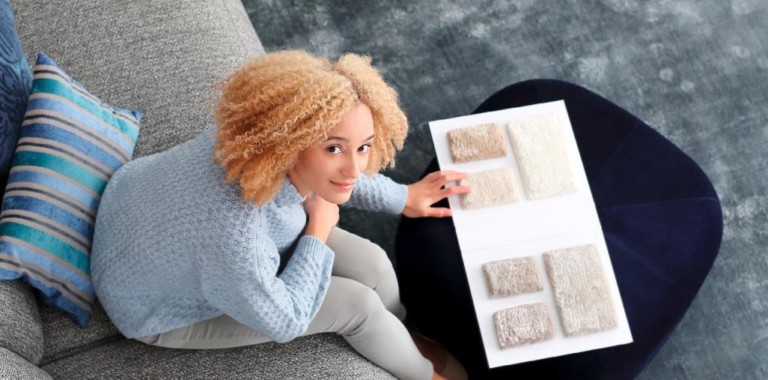Carpet is a great way to decorate because of the textures, colors and patterns available. It looks good, but it also provides a variety of benefits. Carpet insulates, typically resulting in 10% or more in energy savings. Carpet absorbs sound, making a house quieter and more relaxing. And of course carpet is safer, reducing the occurrence of slips and falls and the severity of associated injuries from these accidents. But did you realize that carpet is also an economical and prudent choice for maintenance and health reasons?
Little Maintenance
Carpet requires less maintenance than hard surface floors such as hardwood, vinyl and tile. Interim care of carpet is accomplished simply by vacuuming. Depending on the number of people and pets, this may be done in as little as 2 or 3 hours a month in the typical household. Aside from prompt attention to spills, this is usually all that is needed between professional cleanings.
By contrast, think of all the cleaners, sealers, waxes and polishes needed to keep a hard floor looking good and the amount of time it takes to sweep and mop. Let’s not forget how much it can cost to have a professional restore a scratched, dull marble or wood floor, or to clean, remove stains and seal tile and grout. While it is true that hard surface floors are easier to clean in the event of a liquid spill, properly maintained modern carpeting has protectors such as 3M Scotchgard and DuPont Teflon factory applied which helps them clean-up well.
Of course, eventually, this protection wears off, just as the protective finish on a new car does. And just as you need to wax your car to refresh that protection, your carpet should have a protector reapplied periodically. In cases where the protector is maintained, prompt response usually achieves good results in spill removal.
Carpet is Good for Your Health
Contrary to opinions by well-meaning but ill-informed “experts,” carpet that is properly maintained actually improves indoor air quality. How? Carpet acts as a filter, trapping pollutants such as dust, through it. Studies conducted by the Environmental Protection Agency (EPA) revealed that carpet acts as a “sink” for pollutants. This fact caused some experts to contend that carpet contributed to poor indoor air quality and associated ill health effects.
But this view misses one key point.
As the EPA pointed out, carpet acts as a “sink,” trapping these pollutants, instead of allowing them to be distributed up into the breathing zone. The result? Homes and buildings with properly maintained carpets have better air quality in the “breathing zone” than those with other flooring types. So, as these contaminants build-up in the carpet they simply must be removed by professional cleaning. This creates a cycle of cleanliness. On the other hand, with hard surface flooring, all it takes is a small amount of air movement from an open door, or even foot traffic to disperse the dust and pollutants into the breathing zone.
So to reap the financial and health benefits of your carpet, give Bluegreen a call for proper maintenance and periodic, professional cleaning.
